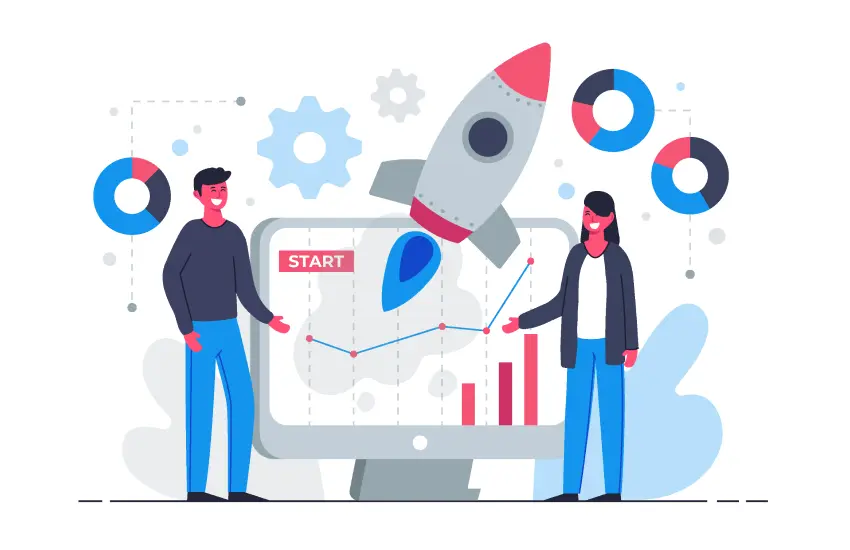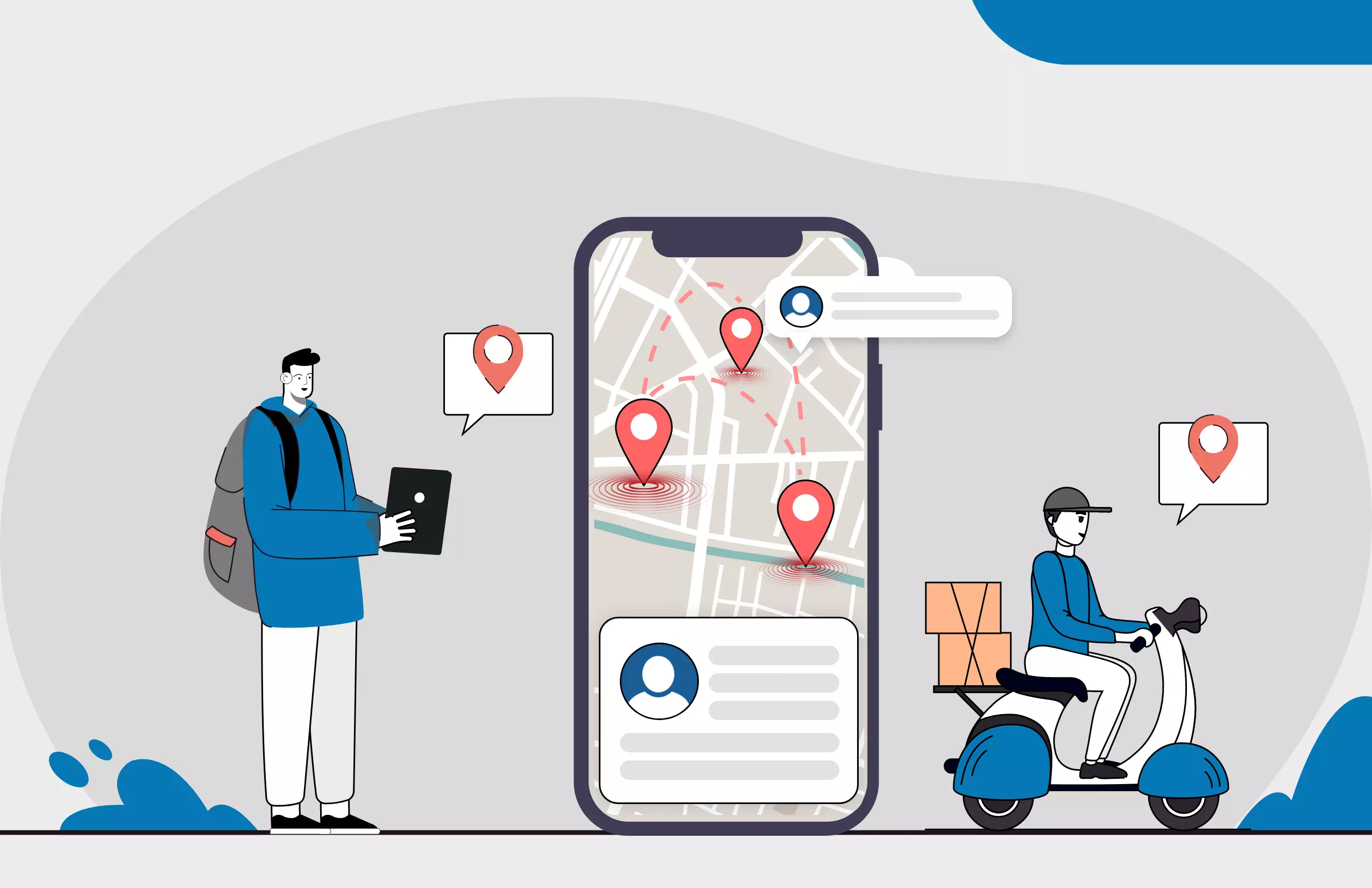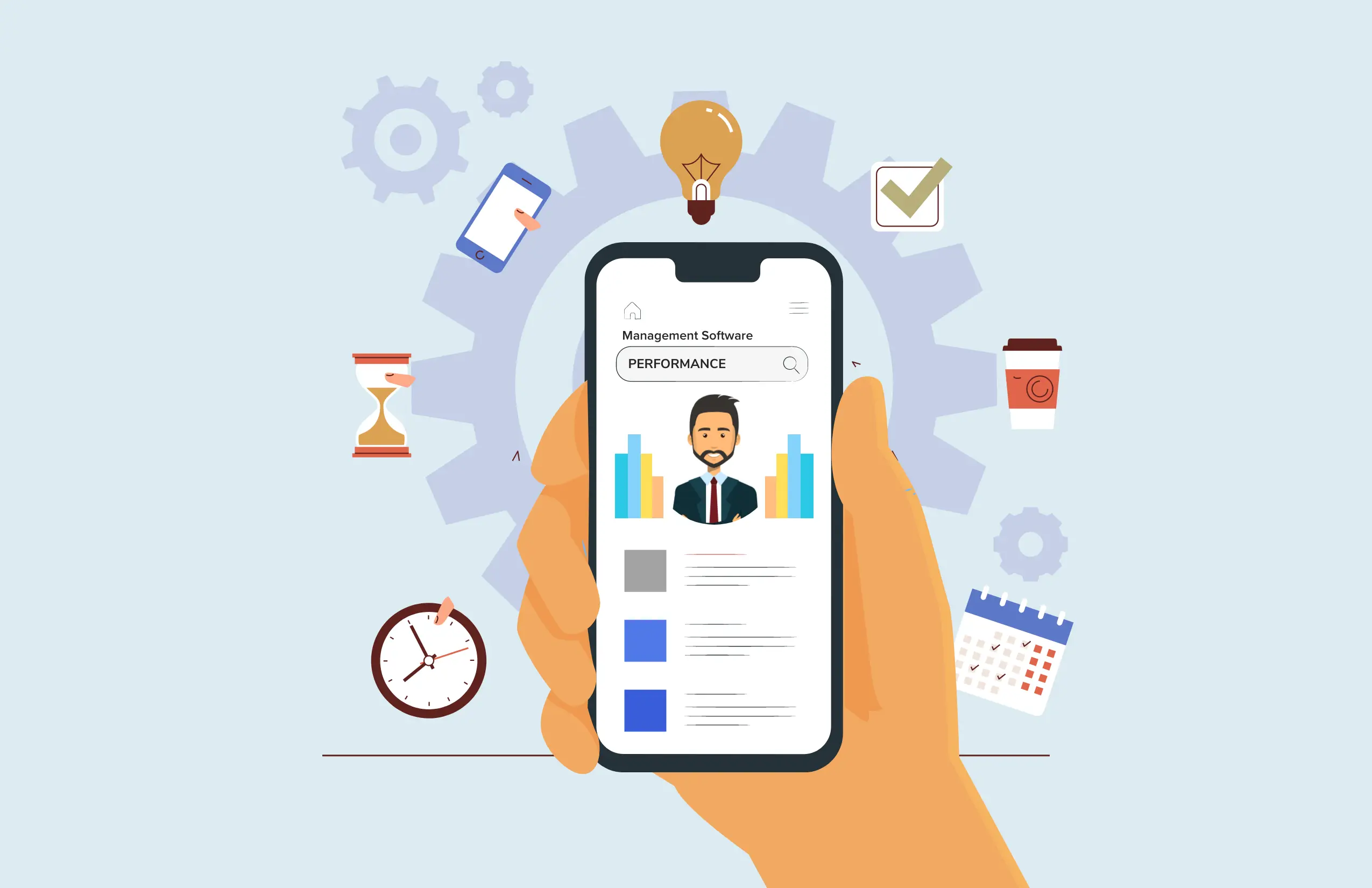
From Prospecting to Closing: How Field Sales Teams Can Drive Growth
Table of Contents
B2B sales processes are a series of actions intended to assist sales teams in turning prospects into clients.
Sales representatives spend only 39% of their time closing deals or interacting with clients. Reporting, travel, and administrative duties take up the remaining time. Enhancing sales performance and productivity is a significant task for sales leaders, as this illustrates.
Field teams are working directly with consumers, generating income, and creating enduring bonds. Businesses place a great deal of attention on the success of their field sales team since it can lead to increased growth and revenue and help them beat their competitors.
What is meant by a sales process?
Organizations use a systematic method called the sales process to turn prospective consumers into paying customers. The steps and actions involved are identifying, interacting with, and convincing potential customers to buy a product or service.
A clear sales process is essential for companies of all sizes because it increases the overall effectiveness of the sales function, guarantees consistency, and gives B2B sales teams a road map.
A B2B sales process: why should you develop one?
Most people who work in sales appreciate the independence that comes with their job. They are able to include their individuality in each cold call and adjust to evolving discussions.
Identifying your ideal client profile and conducting market research are the first steps to take before you begin prospecting. Upon completion of this task, you will be prepared to initiate the sales process.
There are usually a few essential steps in the selling process that help sales teams move from prospecting to sealing the deal and beyond.
Let’s examine each step of the sales process in more detail:
🎯Lead generation and prospecting
The first step in a sales process is prospecting, during which sales representatives find possible clients or leads. It entails investigating and locating potential customers, industries, and target markets for the given good or service.
| Also read: How to motivate your sales team |
Numerous strategies, including social media outreach, email marketing, cold calling, and networking, aid in the creation of leads.
🎯Research
Every successful salesperson should be an expert in their product. Understanding the business of their prospects is another essential skill for any successful salesperson to possess.
You can offer solutions to a buyer by doing the necessary research and making an effort to comprehend their problems before speaking with them. Your readiness for sales discovery calls is enhanced by this research phase.
🎯Requirement
After completing the preliminary steps, it’s time to call.
In the first part of your sales call, you should evaluate your potential lead’s suitability as a customer using a lead scoring system.
Ask open-ended inquiries, use important business jargon, concentrate on their issues, and assess your ability to resolve them. If not, don’t try!
If you have a solid lead list, you’ll have plenty of additional individuals to talk to, and time is of the essence!
🎯The pitch
This should give you a solid understanding of the challenges faced by your ideal clients. You must now make a pitch that focuses on demonstrating how your solution can address their issue.
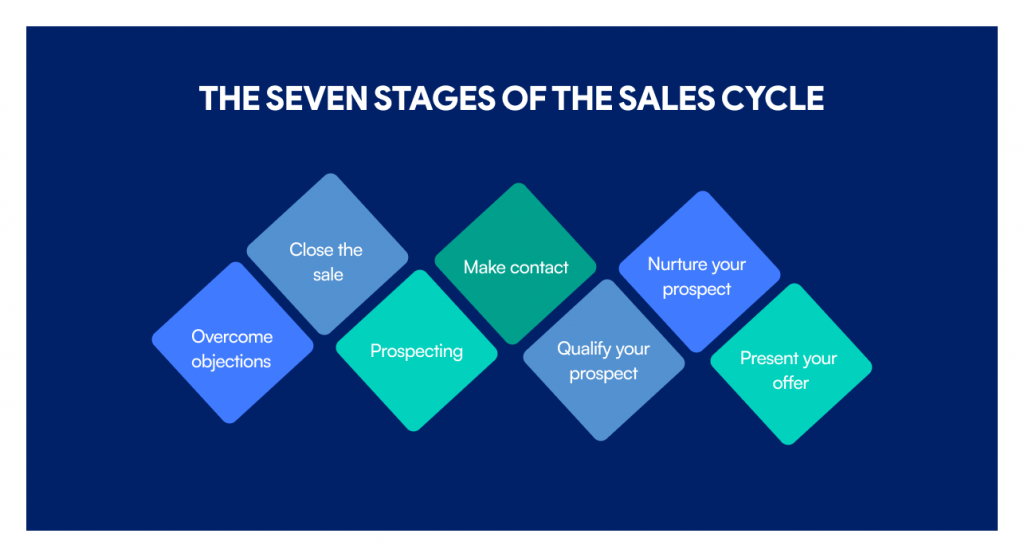
The average duration of a well-written sales proposal is thirty seconds. This is the time to demonstrate to the potential customer that you have done your homework.
🎯Handling objections
It is unlikely that a prospect will be prepared to purchase right away following your pitch. You’ll probably have to respond to some of their questions.
When it comes to resolving objections, the prospect is always correct! A prospect will end the call if you ignore their objection. Instead, hear what they have to say and then modify your offer to address their query. They probably haven’t heard the correct information yet.
You will eventually develop the ability to respond adequately to objections and handle them skillfully. Until then, pay attention to the sales objection, show empathy by acknowledging it, and then offer a sensible solution. Building trust with your prospect in this way will result in a concluded contract and a long-lasting client relationship.
🎯Closing
The B2B sales process’s closing phase ought to be the most thrilling aspect of your prospect’s client journey. By addressing all of their cold call concerns and showcasing the benefits of your product, you have persuaded them that your solution is an unmissable investment!
Effective closing strategies are essential for sales professionals to close deals. Term negotiations, contract finalization, and facilitating a seamless transition from prospect to customer may all be part of this. Discuss costs and, if needed, engage in negotiations. Adding value to the deal for free can help it move past the threshold.
Additionally, before the call concludes, make sure to go over the remaining processes, such as discussing all the parties that must approve the sale. This will guarantee that there are no unforeseen obstacles in the path; the signed contract will now be visible!
Closing a sales deal is the first step in sales, then you need to do the following:
Onboarding new customers is frequently seen as an extension of your sales process. Long-term success is established and consumer turnover is avoided.
Follow up with your consumer via email after the sales call. You need to make a good impression because so many people are often involved in completing a business-to-business acquisition!
Some guidelines for developing a methodical sales approach:
Developing a successful sales plan that is specific to your company is crucial if you want to surpass sales goals and enhance the customer experience throughout your sales cycle. The following are important actions to take:
For your selling process, make sure your USP is unique: Clearly state how your product or service differs from that of your competitors. Determine your distinct value proposition and highlight it at every stage of the sales process.
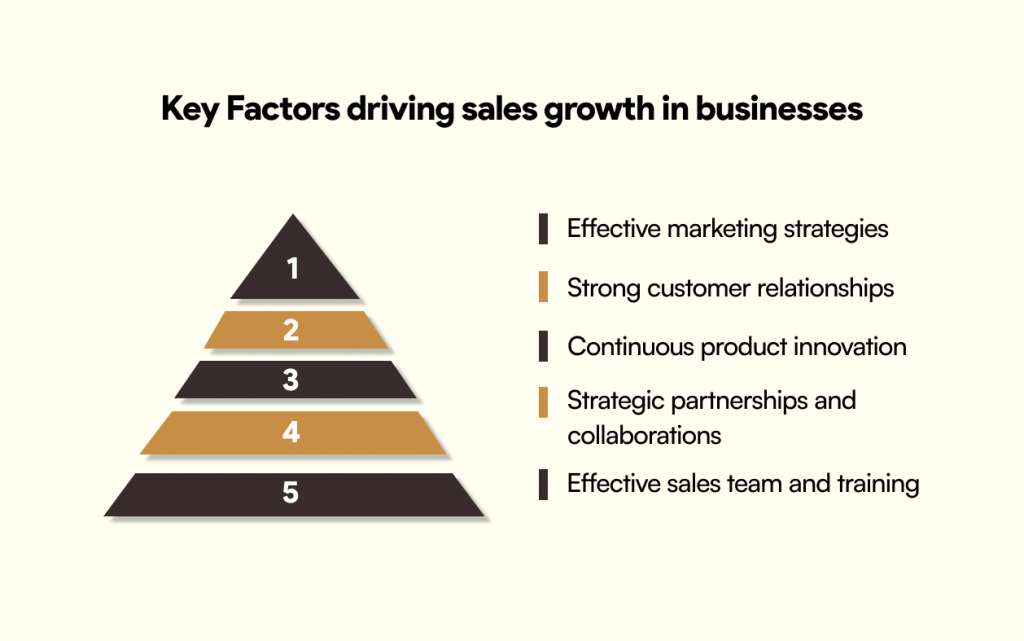
Leverage analytics and data: Make use of data-driven insights to spot patterns, comprehend consumer behavior, and arrive at wise choices. By concentrating on regions that yield the biggest return on investment, you may maximize your sales efforts.
Tailor your strategy: Customize your sales strategy for each prospect, considering their unique needs and problem issues. In addition to increasing engagement, personal selling shows that you are dedicated to fulfilling their needs.
Develop relationships with potential clients: By offering value beyond the first transaction, you may build solid relationships with both your clients and prospects. Consistent communication, prompt follow-ups, and outstanding customer service will enhance the sales process and help you develop enduring loyalty.
Constant learning and development: Remain updated with market trends, industry trends, and sales techniques. Invest in ongoing education and training to improve your abilities and adjust to the ever-changing demands of your clients.
Upscale your sales process with field sales management software – Lystloc
To become an expert in sales, you must comprehend the sales process, apply efficient strategies, make use of contemporary technologies, and always improve your customer-focused mindset.
Field sales management software like Lystloc helps field sales teams perform better by ensuring that they stay flexible and productive while on the field. Features like GPS tracking, agile scheduling and dispatching, and chat tools are all included in the software to enable sales managers to allocate tasks, manage bids, and monitor the productivity and whereabouts of their field sales agents. You may track sales performance against the necessary targets and keep an eye on and manage your field sales representatives.
Having access to the most recent sales data guarantees that your field sales management has all the information it needs to assess areas of performance that are performing well and identify those that need improvement.
Try out Lystloc today!



